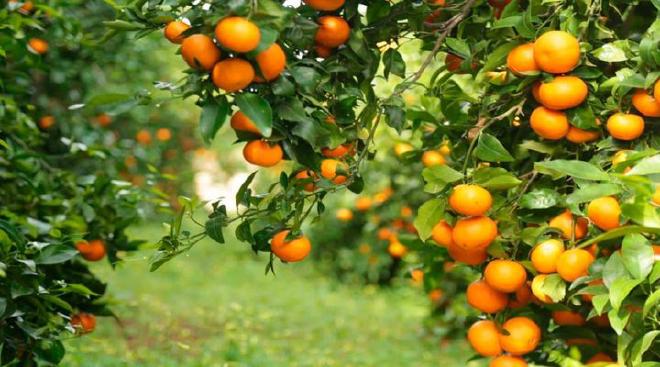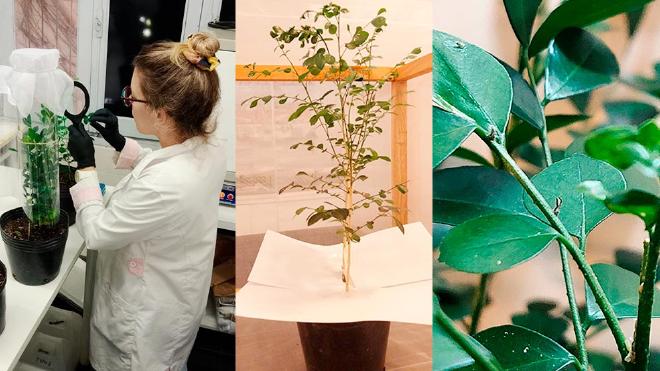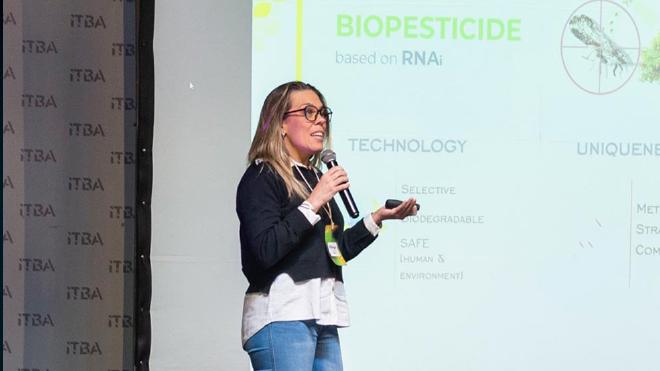

A team led by CONICET specialists has made significant progress in developing a biopesticide to combat the insect vector of Huanglongbing (HLB), the most destructive citrus disease. The initiative offers a sustainable solution to the multimillion-dollar losses that HLB has caused in the citrus industry in more than 65 countries, including Argentina.
Currently, HLB control relies on the use of chemical pesticides that contaminate soil and water, generate insecticide resistance, and exterminate beneficial insect species. The proposal developed by the team from the Institute of Subtropical Biology of Misiones (IBS, CONICET – UNaM) focuses on the development of biopesticides based on RNA interference (RNAi) technology, a technology that will allow a drastic reduction in the use of agrochemicals and could have applications for various vector-borne diseases.

The bioinsecticide allows for specific and selective control of the HLB vector insect, called Diaphorina citri, without affecting other beneficial insects. “What we’re trying to do is target a genetic message that can only be interpreted by the target species. So, with this self-destruct message, we’re able to interfere with the activity of that gene,” explained Marcos Miretti, a CONICET researcher at IBS and one of the project leaders.

This technology uses the insect’s own defense system to amplify the signal and cut the RNA fragment. “Unlike chemical pesticides, these biopesticides are biodegradable, leave no trace in the environment, and do not contribute to the development of resistance,” highlighted María José Blariza, a CONICET researcher at IBS and another member of the team.
From the laboratory to the company #
This development began to consolidate after the researchers participated in various acceleration processes with funding for startups, such as SF500, which led to the creation of a project for the formation of a technology-based company (TBC). This step will be fundamental for translating the scientific knowledge generated in CONICET laboratories into concrete solutions for Argentine and global society.
Tests have also been conducted with insect sprays, both in the laboratory of the Applied Genetics Research Group (GIGA) at the IBS in Misiones and at the INTA’s Bella Vista Agricultural Experimental Station in Corrientes, where the Citrus group is the benchmark for HLB. The results have confirmed the effective disruption of gene activity in the vector.
Some of the next steps include validating the encapsulation technology to protect the compound from weather conditions and expanding field evaluation, as well as obtaining product registration.
Potential for other diseases #
The potential of the technology CONICET researchers are working with extends beyond HLB. While the initial strategy has focused on the vector of this disease, the RNAi platform can be applied to other important pests, including vectors of human diseases.

Miretti, on his side, pointed that this development is the result of a long-term process and an accumulated experience. He also highlighted the motivating effect that the process of creating a BTE has on the fellows and thesis students who work with them in the lab, as they see that research can go beyond the academic and generate startups with a real impact. “We are going through a very motivating process in the lab, which we hope can continue and continue to grow,” he concluded.
- The article Desarrollan un biopesticida para combatir el HLB, la enfermedad que ataca a la producción de cítricos, signed by Cecilia Fernández Castañón, Press and Scientific Outreach Area, CONICET Northeast, was published in CONICET’s website.
Contact [Notaspampeanas](mailto: notaspampeanas@gmail.com)

